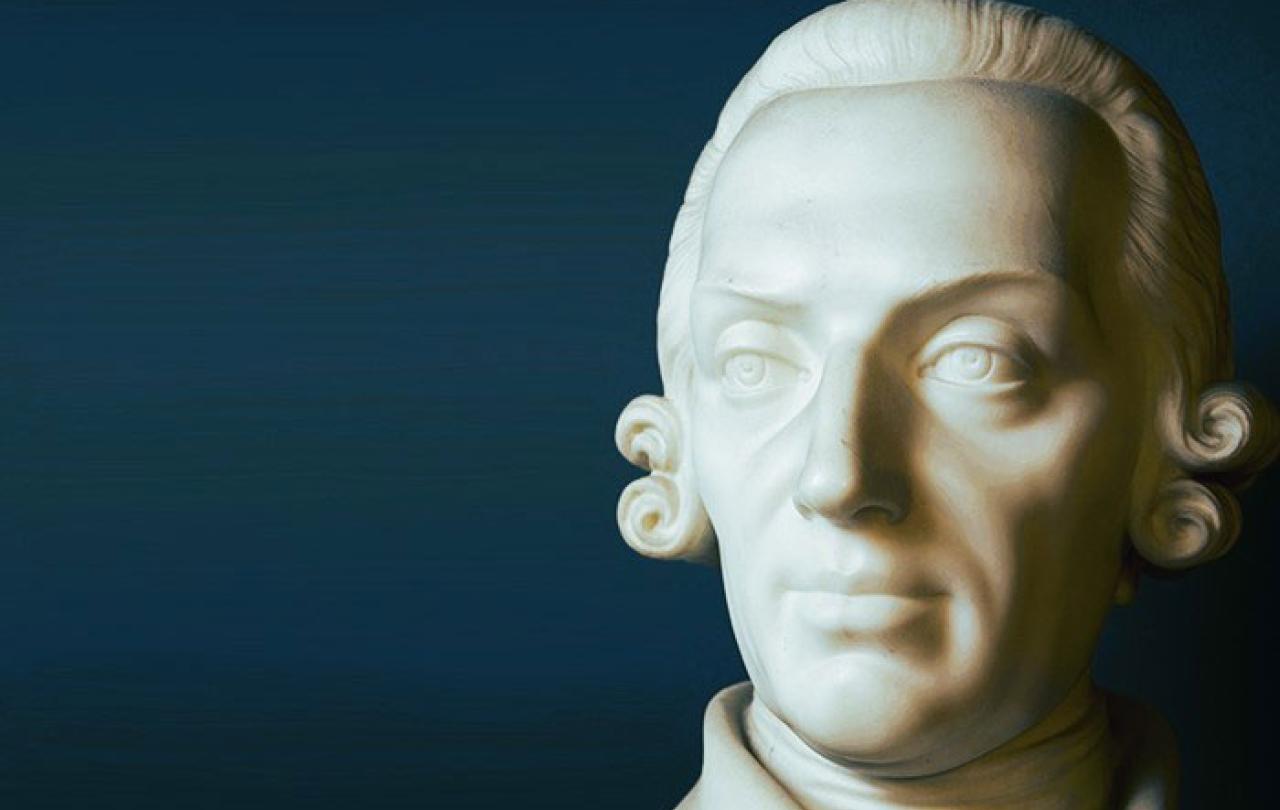
Saint Augustine taught that whenever we witness a true relationship of harmony forming in the world around us, we hear a new version of the oldest song there is: the music of the Triune God. In the mountains just east of Medellín, Colombia, I met a man whose ear was attuned to this music.
Fincas of the silleteros
I was there with my wife, visiting her many aunts and uncles and cousins who had remained in the homeland when her own parents immigrated to the United States. One Saturday when they were off work and out of school, the family said they wanted to show us the fincas de los silleteros, or country estates of the chair-bearers. That sounded confusing enough to pique my curiosity.
On the winding road out of the city, Stephanie's cousin gave me a brief history of the fincas. The indigenous and mestizo peoples of the region have for countless generations farmed this rich mountain soil, specializing in flowers that, once the Spanish arrived, the farmers would sell at markets in the growing colonial city of Medellín.
Through the centuries of Spanish imperial presence, a strange and unique tradition developed. The poor inhabitants of the region, mostly but not only the Indigenous peoples, would tie chairs to their backs and carry elderly, wealthy, sick, or pregnant Spaniards through the Andes passes and into the villages and city. A sure-footed peasant could offer a smoother trip than a mule or a cart. The famous linguist and world-traveler Alexander von Humbolt was among the first Europeans to document this practice.
Moonlighting as silleteros, the local farmers of the region decided their backpack chairs could serve also as baskets when it was time to carry their flowers down to the markets. Properly stacked and carefully transported, they could walk the five or so hours to the market without losing many petals and so have plenty of flowers to sell. They would return to their fincas with chairs full of rice and beans and corn meal and other market goods.
Listening to the garden
The history of the region is even more complex than all of that, involving the closing of flower markets, a dramatic protest by the silleteros, and the beginning of Feria de las Flores, Medellín's largest annual festival.
As we followed Don Fidel, the reigning patriarch of one family of silleteros, I got the feeling that all that richly layered history served as backstory to his primary occupation: caring for his beloved flowers. The festival was tradition, and the tourists like me paid the bills, but Don Fidel's first love was clearly his garden.
Our guide led us on a meditative walk through the plots, apparently oblivious to the rain that was pelting us with increasing strength by the minute. As we walked, he pointed out to us the various species he nurtured. Geraniums, calla lilies, roses, hydrangeas, and many that I didn’t know the English names for: pascua (or "lovers’ flower"), astromerias (“lily of the Incas”), button de oro, claveles, campanitas, clavellinas.
Walking the hillside that his grandparents once farmed, Don Fidel was deeply familiar with the soil, the slopes and waterways, the rhythm of sunlight and shade. He knew where to look on the mountain horizon for rain clouds that might make it to his acreage.
Because of the way he'd grouped his flowers, he knew that the predatory bugs would be near their prey, and the system would find a balance.
He even told us some secrets of his garden. He had both personal and ancestral memory of the various species, and knew to group certain communities of flowers together to keep them healthy. He told us that the word "pest" is just a consumerist term for a living thing that threatens economies. In gardens and farms, we tend to eliminate them with chemicals. Don Fidel told us that all those pests lived in his garden as well, but because of the way he'd grouped his flowers, he knew that the predatory bugs would be near their prey, and the system would find a balance. For extreme cases he showed us the simple mixture he made from the flowers themselves that he used to "fog" the garden, much like the pre-Columbian peoples did with toxic tobacco leaves.
Don Fidel was listening deeply to the music of his garden. He heard the refrain of the insects and flowers about what it was they most desired. And it wasn't chemical spray.
The music of sunflowers and bees
This circular living economy enabled a remarkable new birth within the garden. Toward the end of the tour, when the rain had driven most of the family back onto the wraparound porch of the house, Don Fidel was proud to show my wife and me what he’d learned about his sunflowers.
The sunflower (girasol: "sun-facer") is a big draw for the shops in the city. Everyone wants the classic, grand, bright yellow flower. The particular variety grown in that region is sterile, modified by many generations of laboratory hybridization. But the gardener one day noticed something curious about the sterile male flowers he planted. A big group of them bloomed darker, nearly violet, and smaller, with multiple flowers on each stem. Why was this happening? It didn't seem to be disease, so he didn't worry. He just listened for a new melody.
Soon he found the culprit: honey bees, flourishing in the garden thanks to Don Fidel’s aversion to chemical pesticide. The proximity of the lab-altered flowers to a cousin-species meant that bees could travel naturally from one sort to the next. The cousin was fertile, with both carpel and stamen. When the bees landed on the genetically modified girasoles, they brought the other pollen along with them. Remarkably, this landing changed the genetic makeup of the sunflowers and rendered them fertile once again. It undid generations of artificial selection to bring forth new life and new beauty.
The music of the triune God
When Saint Augustine contemplated the Trinity, he said that God is something like a lover and a beloved who find one another. Like a sunflower and its once estranged sexual partner, watching one another across a swath of shorter garden flowers.
It's a flawed image in many ways, as Augustine himself admits. God does not "begin" as two independent beings, like the two flowers do. We might say that the triune God's image is reflected in the whole love song of the garden, the harmonious melody the organisms make together.
At the heart of Augustine’s analogy is the observation that two can only become one if a third, a gift, passes back and forth between them. In theology, we call this third character the Holy Spirit. In Don Fidel’s garden, it’s the bees. They land on the faces of the one and the other, transferring the gift of being and life in the pollen clinging to their feet.
Notice also how the three—the sunflower, its distant cousin, and the bee—are also one. The bee owes all that she is to the flowers: her habits, her communicative dance, the hairs on her feet. She is not just a bee looking to gather nectar from separate organisms called flowers. She is a living extension of the flower, the flower’s winged desire for life and fertility.
The same holds for the flowers: they become what their apian lover asks them to be, in surprising ways that not even the bee, let alone Don Fidel, could have guessed.
In other words: the love song of two is always a song of three. The lover, the beloved, and the gift of love itself that passes between them and forms a new celebration of their bond.
This, Augustine says, is the song that God sings from all eternity. And it's the song, remixed a thousand ways, that creatures of earth come to sing.
Because he kept listening, Don Fidel heard a melody few of us would have noticed. A less curious gardener would have uprooted the “flawed” blooms and replanted the flowers that the shops down the mountain were asking for. As the rain soaked my clothes, I said a prayer of gratitude for his patient curiosity, and for the love that binds the world together. A love whose proper name, according to the theologians, is God.





